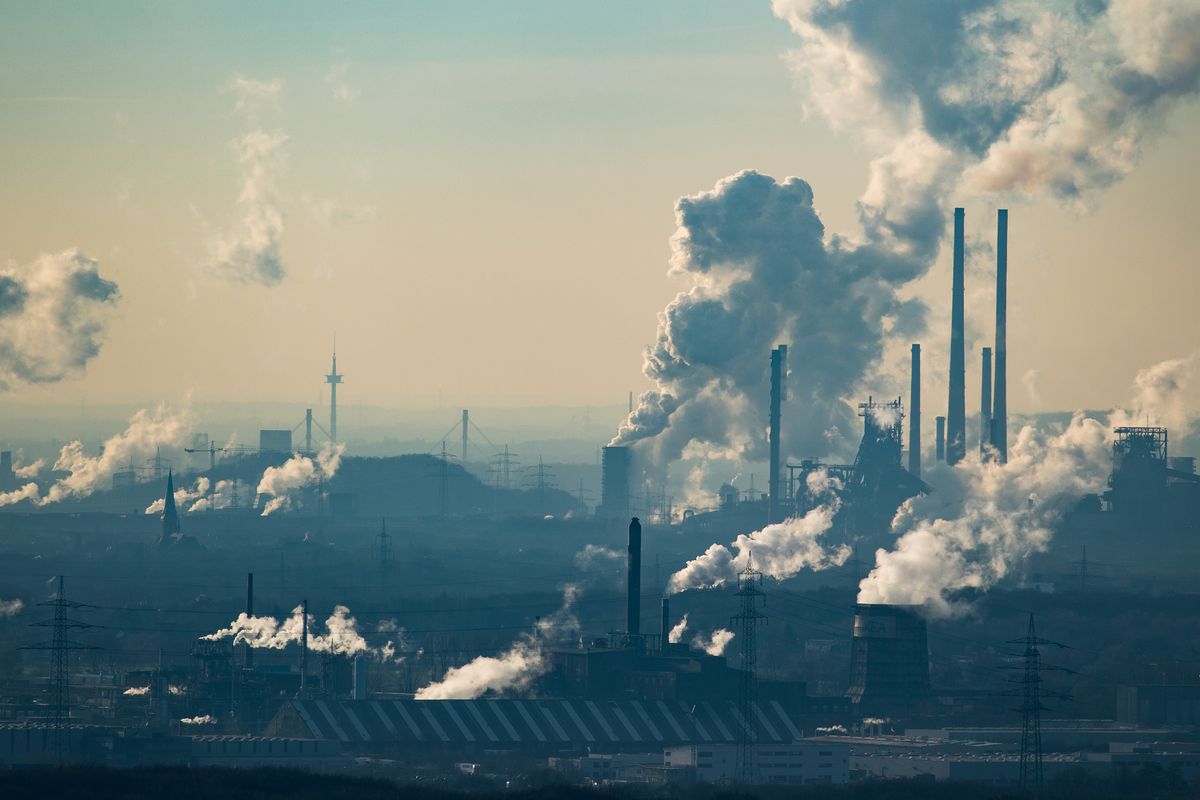Carbon trading and climate change
After two decades of a total failure, carbon trading was one of the biggest stumbling blocks at the climate change summit in December. It remains a bad idea that needs to be dropped.
Carbon trading is often tom-tommed as the perfect solution to the problem of incessantly rising carbon emissions across the world. For over two decades, businesses and governments, as well as many environmental organisations, have lauded the idea of letting markets impose a financial penalty on polluting companies. This is essentially done through a quota for carbon emissions that any industry in a country can emit in a given year. Thus each company is given a certain number of carbon ‘credits’. If the emissions exceed that number, then the company has to ‘buy’ credits from another company in the same country or anywhere else in the world and hence stay within its emission limits.
Thus, if more companies exceed their quotas and have to buy their credits, it will drive the price of credits higher and hence make the polluters pay a hefty penalty. Sounds perfect. At least in theory. Unfortunately, this approach towards pollution and emissions by letting the markets fix a price for carbon emissions has been a huge flop in practice. Carbon markets have been around for over two decades, but nowhere have they served their purpose.
The problem is that not only there is too little ‘activity’ on the global, regional or national or local carbon trading marketplace, but the price that most of the polluters have been paying for their excessive carbon emissions has remained ridiculously low, trawling around USD 5 per tonne in most nations, while a minimum price of USD 80 per tonne is needed for the companies to feel the pinch for polluting. As a result, most countries have managed to raise pitifully little sums to show for their carbon pricing mechanism. In 2018, governments of the entire world had a measly USD 44 billion to show for their carbon pricing revenues, as against a total global GDP of nearly USD 85 trillion, a minuscule 0.05 pc.
Another key issue with carbon pricing revenue is that a large chunk of it comes through the indirect taxes that the governments impose on consumers, most notably by increasing consumer taxes on fossil fuels or electricity. These increases, even if for a laudatory purpose of cutting carbon emissions, attempt to tackle the problem at the wrong end of the business, by hurting the weakest link in the chain, the common citizens. They have been fighting to stay afloat as the benefits of the economic boom of the last two decades have failed to percolate to them and an overwhelming chunk of the earnings has gone to a fraction of the world, leading to a rapid rise in inequality.
But the common citizens are not always silent spectators. The famous Yellow Vest movement began when French President Emmanuel Macron decided to increase taxes on fossil fuel, already a very heavily taxed product. Faced with weeks of protests, Macron was forced to cede ground. He could have saved himself all the trouble had he tried to look at the other end of the business. Most of the oil companies in the world have been booking hefty profits for years and sitting on piles of cash, enriching their top management and shareholders. Macron could easily have raised a much higher revenue by simply putting a carbon tax on the profits made by the oil companies, limiting the impact only to a select few in segments that would hardly feel the pinch.
But taxing your own citizens unfairly, while letting businesses escape lightly is not the only ethical problem with carbon trading. The bigger, much more worrisome issue is when companies in rich countries try to buy carbon credits from overseas. These flows are uniformly unidirectional. Developed economies ‘buying’ the right to pollute from a poor country that does not have adequate industry or where the carbon is priced, likely everything else, at a fraction of what it would cost in the developed world. A few companies in developing nations like GFL in India have profited hugely from by selling carbon credits to European polluters, without leading to any cut in emissions in either India or the EU. The EU has already admitted that such deals lack environmental integrity, a particular mild way to call out what’s downright cheating or crime. Attracted by the lure of billions to be made, global carbon markets have become a hotspot of corruption, fuelled by a total lack of transparency. Consultants, brokers, policymakers and NGOs have continued to enrich themselves in a system with very little independent and democratic oversight.
Letting businesses control the carbon market would be a repetition of what’s happening in yet another aspect of pollution. Rich countries dumping their solid wastes in poor country landfills. With carbon trading, we may be actually setting up channels to see that businesses in the rich and middle-income countries continue to pollute with impunity, paying a pittance for the ‘right to pollute’, while the common citizens across the world and notably in the poor countries, paying a hefty price for climate change and rising air pollution. The price of their health or even lives. I invite global businesses and carbon trading supporters to put a dollar value on themselves. The only way to save the environment is by forcing companies to dramatically cut their emissions, not by allowing them to find ridiculous loopholes that end up playing with human lives, just for a few dollars more.













